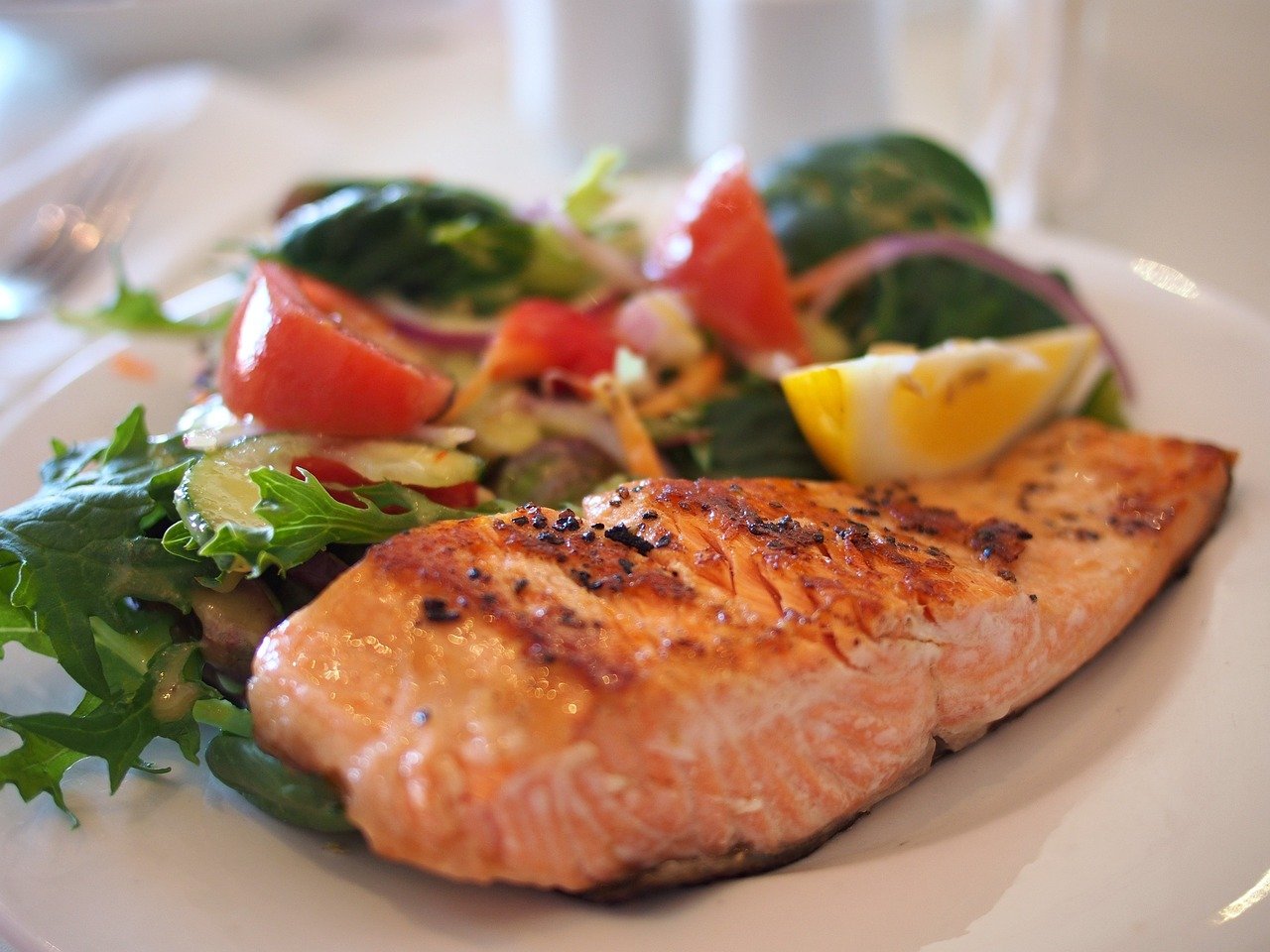In the heart of Delaware, nestled among lush landscapes and vibrant ecosystems, lie two fishing paradises that beckon anglers from near and far: Lums Pond and Silver Lake. Known for their serene beauty and abundant fish populations, these spots offer something special for everyone, from the seasoned fisherman to the enthusiastic beginner. Join us as we explore the tranquil waters of Lums Pond and the picturesque shores of Silver Lake, two of Delaware’s finest fishing destinations that promise unforgettable experiences and the chance to reel in the catch of a lifetime.
Overview of Fishing in Delaware
Delaware, though small, offers a rich and diverse fishing experience that we find both rewarding and enjoyable. Fishing in Delaware allows us to explore various water bodies, from the mighty Atlantic coast to the serene ponds and lakes nestled within the state.
Types of fish abundant in Delaware
In Delaware, we’re fortunate to have a wide variety of fish species. In our waters, we commonly encounter Striped Bass, Flounder, Bluefish, and Tautog along the coast. Moving inland, our lakes and ponds are abundant with Largemouth Bass, Crappie, Catfish, and Bluegill. This variety ensures a diverse fishing experience, catering to anglers of all interests.
Role of fishing in Delaware’s economy
Fishing significantly contributes to Delaware’s economy, supporting both recreational and commercial activities. Recreational fishing, in particular, draws tourists and locals alike, fostering a thriving industry of fishing guides, bait shops, and boat rentals. Commercial fishing, although smaller in scale, yields valuable catches contributing to the local markets and restaurants across the state.
State regulations on fishing
In Delaware, we adhere to state regulations designed to ensure sustainable fishing practices. These include licensing requirements, catch limits, and size restrictions for different species. It’s vital for us to stay informed about these regulations to enjoy our fishing activities without negatively impacting our beloved fisheries.
Fishing Seasons in Delaware
Popular fish species per season
As the seasons change, so do the fishing opportunities. Spring brings the Striped Bass run in the Delaware River, making it a popular time for anglers. Summer is prime for Flounder and Bluefish in coastal waters, while Fall sees a resurgence of Striped Bass. In winter, though colder, many of us target Tautog and Sea Bass offshore.
Benefits of fishing in different seasons
Each season offers unique advantages. Spring and fall provide milder weather and active fish feeding periods, making these times ideal for hooking trophy catches. Summer allows for extended fishing trips, thanks to longer days. Winter, though challenging, rewards the persistent angler with less crowded spots and the possibility of a substantial catch.
Rules and regulations per season
Our state carefully adjusts fishing rules and regulations with the changing seasons to protect spawning fish and ensure sustainable fishing for future generations. Size and catch limits may vary, and certain areas might close temporarily. It’s important for us to keep abreast of these changes through official channels.

This image is property of pixabay.com.
Lums Pond Overview
Location and size of Lums Pond
Lums Pond, the largest freshwater pond in Delaware, is situated in New Castle County. Covering over 200 acres, the pond is a part of Lums Pond State Park, offering a plethora of outdoor activities besides fishing, making it a popular destination for families and outdoor enthusiasts.
History of Lums Pond
Originally constructed in the early 1800s to power a sawmill, Lums Pond has evolved into a recreational hotspot. While its industrial past is long gone, the park still showcases remnants of its history, providing a glimpse into Delaware’s early days.
Type of fish found in Lums Pond
Lums Pond is home to a variety of fish species, including Largemouth Bass, Crappie, Bluegill, and Catfish. Its diverse habitats support a productive fishery, making it a preferred spot for anglers seeking a rich catch.
Why Lums Pond is Ideal for Fishing
Factors that make Lums Pond a popular spot for fishing
Its vast size, easily accessible location, and variety of fish species make Lums Pond a favored fishing destination. Additionally, the park’s amenities, such as boat rentals and picnic areas, contribute to an enjoyable fishing experience for both serious anglers and families.
Comparison of Lums Pond with other fishing locations in Delaware
While Delaware boasts many fishing locations, Lums Pond distinguishes itself with its size and the recreational opportunities it offers. Unlike some of the more isolated fishing spots, Lums Pond provides a balanced blend of nature and convenience.
Success stories of fishing in Lums Pond
Many of us can share tales of memorable catches and serene moments experienced while fishing at Lums Pond. Whether it is a child’s first catch or an impressive Largemouth Bass, the pond has been the backdrop for countless success stories among the fishing community.

This image is property of pixabay.com.
Fishing Techniques Used in Lums Pond
Examples of techniques used by local fishers
Local anglers at Lums Pond employ a variety of techniques, including baitcasting for bass, fly fishing for panfish, and bottom fishing for catfish. Adaptability to the pond’s conditions often dictates the day’s approach.
Effectiveness of different fishing methods in Lums Pond
Certain methods stand out for their effectiveness. For example, using live bait for catfish or soft plastics for bass has consistently yielded good results. Seasonal strategies also play a crucial role, with some techniques working better in warmer waters.
Special equipment needed for fishing in Lums Pond
To optimize the fishing experience at Lums Pond, we recommend a versatile setup capable of accommodating various techniques. A medium-action rod and a selection of lures and live baits can prepare one for the pond’s diverse offerings.
Silver Lake Overview
Location and size of Silver Lake
Silver Lake, located in the heart of Dover, Delaware, is an oasis for anglers in the state capital. This picturesque lake spans several acres, offering a tranquil fishing environment amidst the city’s hustle and bustle.
History of Silver Lake
Silver Lake has long been a part of Dover’s landscape, serving as both a recreational spot and a natural resource. Over years, efforts to preserve and enhance the lake’s natural beauty have made it an iconic part of the city.
Type of fish found in Silver Lake
Anglers at Silver Lake commonly catch species such as Largemouth Bass, Pickerel, and various panfish. The lake’s clean waters and abundant aquatic vegetation support a healthy and diverse fish population.

This image is property of pixabay.com.
Why Silver Lake is Ideal for Fishing
Factors that make Silver Lake a popular spot for fishing
Silver Lake’s urban setting provides a unique fishing experience where one can enjoy the serenity of fishing within reach of city amenities. Its well-maintained environment and accessible fishing spots make it ideal for quick trips or extended sessions.
Comparison of Silver Lake with other fishing locations in Delaware
Unlike Delaware’s larger bodies of water, Silver Lake offers a more intimate fishing setting. It’s perfect for those looking for a peaceful day of fishing without venturing far from urban comforts.
Success stories of fishing in Silver Lake
Many anglers brag about the peaceful afternoons turned exciting with the catch of a hefty bass or the surprise of a speedy pickerel. Silver Lake continues to be a place where both novice and experienced anglers find joy and success.
Fishing Techniques Used in Silver Lake
Examples of techniques used by local fishers
At Silver Lake, popular techniques include spinning for bass and jigging for panfish. The lake’s clear waters often require a more finesse approach, with light lines and smaller lures being more effective.
Effectiveness of different fishing methods in Silver Lake
Anglers often find that adapting their techniques to the lake’s conditions—such as water clarity and vegetation—can significantly impact their success. For instance, topwater lures work marvelously in the early morning or late evening during the warmer months.
Special equipment needed for fishing in Silver Lake
For Silver Lake, a lighter fishing setup can be advantageous. Additionally, a selection of natural and artificial baits that mimic the lake’s forage can increase one’s chances of a successful catch.
Conservation Efforts in Delaware’s Fishing Lakes
Importance of conservation in fishing
Conservation is critical to ensuring the health and longevity of our fisheries. Sustainable fishing practices help maintain balanced ecosystems, supporting both the fish populations and the communities that depend on them.
State regulations and efforts at conservation
Delaware has implemented regulations aimed at conservation, including catch limits and protected areas. Additionally, programs focused on habitat restoration and pollution control are in place to support the state’s aquatic environments.
Actions fishers can take to support conservation
We, as anglers, can play a vital role in conservation by adhering to regulations, practicing catch and release, and participating in clean-up efforts. Educating others about the importance of conservation can also contribute significantly to preserving our fishing heritage.
The Future of Fishing in Delaware
Challenges facing fishing in Delaware
Challenges such as habitat degradation, pollution, and climate change pose threats to Delaware’s fishing future. Addressing these issues requires collective efforts from the community, government, and private sectors.
Potential developments in the fishing industry
Technological advancements and sustainable practices offer hope for the future of fishing in Delaware. Innovations in fishery management and habitat restoration can help counteract some of the negative impacts facing our fisheries.
How climate change may impact fishing in Delaware
Climate change can alter fish populations and ecosystems, potentially affecting fishing seasons, available species, and fishing locations. Being proactive in addressing climate change and adapting our practices will be crucial for the future of fishing in our state.





